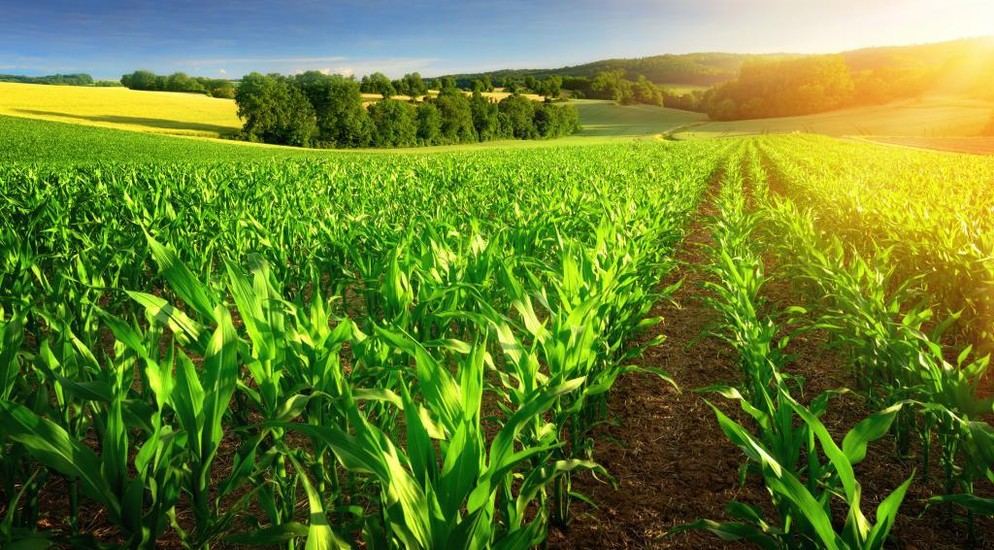BAKU, Azerbaijan, April 28
By Tamilla Mammadova – Trend:
Georgian real GDP reversed 5 percent growth in 2019 with contraction by 6.2 percent in 2020 as measures to contain COVID-19 cut domestic demand and steep declines in tourism and exports pummeled the external sector, Trend reports via the Asian Development Bank (ADB) Outlook 2021.
On the supply side, services reversed 6.4 percent growth in 2019 to fall by 7.8 percent as most components contracted, with notable declines of 38 percent in accommodation and food services, 22 percent in transportation and storage, and 18.3 percent in arts, recreation, and entertainment. Weak demand for industry reversed 2.3 percent growth in 2019 with 2.8 percent contraction as construction and utilities shrank, despite continued growth in mining and manufacturing.
State support lifted growth in agriculture from 0.8 percent in 2019 to 3.5 percent.
On the demand side, fiscal stimulus kept growth in consumption positive at 5.4 percent, albeit down from 7 percent in 2019, as private consumption rose by 5.4 percent and public consumption by 5.7 percent. Investment contracted by 4.8 percent with an 11.3 percent drop in private investment, while declines in tourism and external demand reversed 4.1 percent growth in net exports of goods and services in 2019 with a 63.5 percent contraction in 2020.
Disrupted supply and currency depreciation pushed inflation from 4.9 percent in 2019 up to 5.2 percent as prices rose for food and nonalcoholic beverages by 10.6 percent and for health care by 6.5 percent, outweighing deflation for transportation, recreation, and culture. The Georgian lari depreciated in nominal terms by 10.3 percent against the US dollar and by 12.6 percent against the euro, and by 4.2 percent in nominal effective terms and 2.9 percent in real effective terms.
Expansionary fiscal policy to address the COVID-19 pandemic widened the budget deficit from the equivalent of 2 percent of GDP in 2019 to 9.3 percent as declining economic activity dragged revenue 3.9 percent below target while fiscal support measures boosted expenditure by 23.7 percent. Current expenditure rose from the equivalent of 22 percent of GDP in 2019 to 27.1 percent in 2020, while capital expenditure was sustained at about 8 percent of GDP.
Development partners supported the government’s anti-crisis plan, which included social assistance to households, increased funding for health care, and tax relief and exemptions for firms, as well as liquidity injections. The large deficit and plunge in the lari raised public debt from the equivalent of 45.2 percent of GDP in 2019 to 62.9 percent in 2020, the increase financed mainly by development partners on concessional terms, bringing external public debt to 50.4 percent of GDP.
---
Follow the author on Twitter: @Mila6197935






